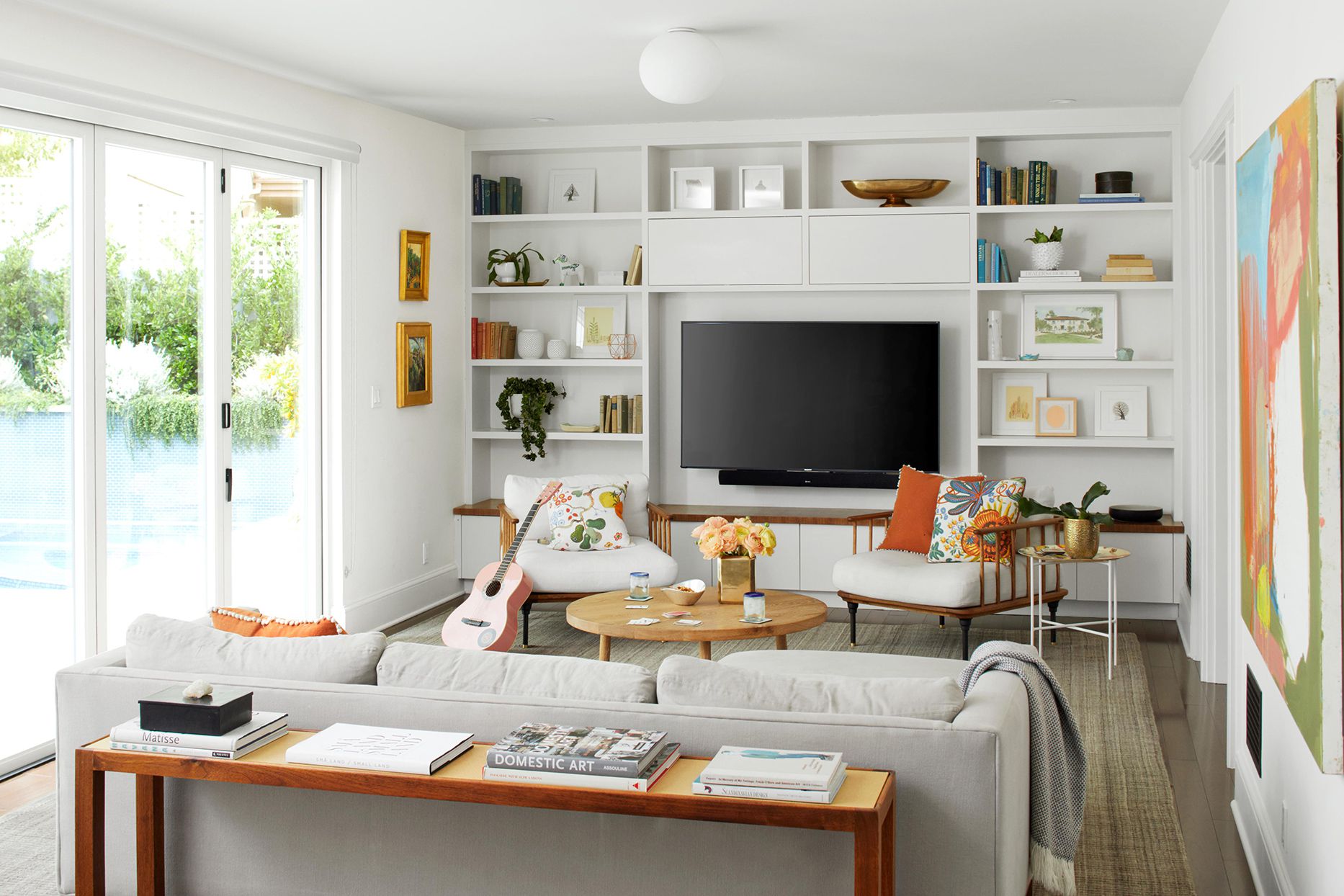

Articles
How To Arrange Living Room Furniture With Tv
Modified: May 6, 2024
Learn how to arrange your living room furniture with a TV in the most functional and stylish way. Create a space that maximizes comfort and enhances your viewing experience with our expert tips and tricks.
(Many of the links in this article redirect to a specific reviewed product. Your purchase of these products through affiliate links helps to generate commission for Storables.com, at no extra cost. Learn more)
Introduction
When it comes to creating a comfortable and visually appealing living room, the arrangement of furniture plays a crucial role. And if you have a television in your living room, finding the right balance between functional and stylish furniture placement can be a challenge. The TV often becomes the focal point of the room, and arranging furniture around it requires careful consideration.
In this article, we will explore some expert tips on how to arrange living room furniture with a TV to maximize both comfort and aesthetics. By following these guidelines, you can create a space that is perfect for lounging, entertaining, and enjoying your favorite shows or movies.
Key Takeaways:
- Create a balanced and visually appealing living room by assessing space, determining focal points, arranging furniture for optimal TV viewing, and utilizing storage options for a clutter-free environment.
- Enhance the comfort and aesthetics of your living room by strategically positioning seating, considering viewing angles, and incorporating design elements such as color coordination, texture, and lighting for a visually stunning space.
Read more: How To Arrange Living Room With TV
Assessing the living room space
Before you start arranging your furniture, it’s essential to assess the available space in your living room. Take measurements of the room’s dimensions, including the length, width, and height. This will help you determine the size of furniture that can comfortably fit in the area without overwhelming it.
Consider the layout of windows, doors, and architectural features such as fireplaces or built-in bookshelves. These elements will impact the placement of your furniture and the flow of the room. Additionally, take note of any outlets or cable connections near the TV area, as they will influence where you can position your television and other electronic devices.
By understanding the limitations and possibilities of your living room space, you can make informed decisions when arranging your furniture and create a functional and visually appealing layout.
Determining the focal point
When arranging furniture around a TV, it’s important to determine the focal point of the room. In most cases, the television itself becomes the focal point, as it is the main source of entertainment. However, in some living rooms, there may be other architectural features such as a fireplace or a stunning view that can serve as the focal point.
If the TV is the primary focal point, position it on a prominent wall where it can be easily seen from different seating areas. Consider mounting it on the wall or placing it on a media console that is at eye level when seated. This ensures optimal viewing angles and prevents any strain on the neck.
Once you’ve established the focal point, arrange your furniture in a way that complements it. The seating should be oriented towards the TV or the focal point, creating a cohesive and visually appealing arrangement.
On the other hand, if there is another focal point in the room, such as a fireplace, position the TV and furniture in a way that allows for comfortable viewing without detracting from the main feature. Consider placing the TV to the side of the fireplace or opting for a TV console that can be concealed when not in use.
The key is to strike a balance between the TV and the other focal points in the room, creating a harmonious layout that caters to both entertainment and aesthetics.
Arranging furniture around the TV
Now that you have determined the focal point and the placement of your TV, it’s time to arrange the furniture around it. Start by positioning the largest piece of furniture, such as the sofa, in a way that faces the TV. This will serve as the anchor for the seating area.
Place the sofa directly across from the TV, ensuring that there is ample space for comfortable viewing. Leave enough room for walking and maneuvering around the furniture, aiming for at least 3 feet of clearance between the sofa and any other objects or walls.
Next, consider adding additional seating options such as armchairs, loveseats, or recliners. Arrange them in a way that complements the sofa and allows for easy conversation while keeping a clear line of sight towards the TV.
For smaller living rooms, consider using modular furniture or sectional sofas that can be customized to fit the available space. This allows for flexibility in arranging the furniture and optimizing the layout for both comfort and visual appeal.
Remember to consider the placement of side tables or coffee tables near each seating area. These surfaces provide a convenient spot for placing drinks, snacks, and remote controls.
To create a cohesive and balanced arrangement, ensure that the furniture is arranged in a way that encourages conversation and maintains a comfortable viewing experience without obstructing the TV.
Positioning the sofa
The sofa plays a central role in the living room and serves as the main seating area for family and guests. Therefore, it’s crucial to position it correctly to optimize comfort and functionality while keeping the TV as the focal point.
Start by placing the sofa opposite the TV, ensuring that there is enough space for comfortable viewing. The distance between the sofa and the TV will depend on the size of the television and personal preference, but a general guideline is to aim for a viewing distance of about 8 to 10 feet for a 55-inch TV. Adjust the distance accordingly if you have a larger or smaller screen.
Consider the size and proportion of the sofa in relation to the room. If you have a large living room, a full-size sofa or a sectional can work well to anchor the space. In smaller rooms, a compact sofa or a loveseat might be a better option to maintain a balanced layout.
When positioning the sofa, take into account the flow of the room. Ensure there is enough space around the sofa for easy movement and navigation. Avoid blocking doorways or creating cramped pathways that can impede the functionality of the room.
If you have a sectional sofa, experiment with different configurations to find the one that fits best in your space. L-shaped or U-shaped arrangements can create a cozy and inclusive seating area while still allowing everyone to have clear visibility of the TV.
Additionally, consider the height and comfort of the sofa. Opt for cushions and upholstery that provide both support and softness, enhancing the overall seating experience. Choose a sofa design that complements the style and aesthetic of your living room, ensuring a cohesive and visually appealing arrangement.
By properly positioning the sofa, you can create a comfortable and inviting atmosphere in your living room, making it the perfect spot to relax, gather with friends and family, and enjoy your favorite shows or movies on the TV.
Read more: How To Arrange Furniture In Living Room
Placing additional seating
In addition to the sofa, adding extra seating options in your living room can provide more comfort and accommodate more people. Whether you have a large gathering or simply want to create a cozy atmosphere, strategically placing additional seating can enhance the functionality and aesthetics of the space.
One popular choice for additional seating is the use of armchairs or accent chairs. These can be placed adjacent to the sofa, creating a conversational area or a cozy reading nook. Look for chairs that complement the style of your living room and provide comfort and support.
If you have a spacious living room, you might consider incorporating a loveseat or a recliner. These pieces of furniture provide extra seating options for relaxation or lounging. Place them in a way that maintains a clear line of sight to the TV or the focal point of the room.
An alternative to traditional seating is the use of floor cushions or ottomans. These versatile pieces can be easily moved and placed around the room as needed. They are great for creating a casual and informal seating arrangement for gatherings or when you need extra seating.
When placing additional seating, consider the flow and layout of the room. Ensure that there is enough space for comfortable movement around the furniture without creating any obstacles or cramped areas. Balance the placement of the seating pieces to maintain visual harmony and avoid overcrowding.
Don’t forget to introduce side tables or coffee tables near the seating areas to provide a surface for placing drinks, books, or other items. This adds functionality and convenience to the seating arrangement.
By strategically placing additional seating, you can create a versatile and inviting living room that accommodates various seating needs and enhances the overall comfort and aesthetics of the space.
When arranging living room furniture with a TV, start by positioning the TV at eye level and then arrange seating to face it. Leave enough space for traffic flow and ensure that all seating has a good view of the TV.
Creating a functional layout
When arranging furniture around the TV, it’s essential to create a functional layout that maximizes the use of space and promotes ease of movement. A well-planned layout ensures that the living room not only looks harmonious but also serves its intended purpose.
Start by establishing clear pathways and traffic flow within the room. Avoid placing furniture in a way that obstructs the natural flow of movement from one area to another. Leave enough space between furniture pieces to allow for comfortable navigation.
Consider the placement of the coffee table or side tables in relation to the seating areas. Ensure that they are within easy reach of each seat, allowing for convenient access to drinks, snacks, and other items.
If you have multiple seating areas, such as a separate seating nook or a reading corner, create a distinct space for each area. Use rugs or furniture placement to visually separate the different zones, providing a clear indication of their purpose.
Take into account the function of the room beyond TV viewing. If you use the living room for other activities such as reading, gaming, or working, incorporate suitable furniture and accessories to support these activities. For instance, a bookshelf or a desk can be added to create a designated reading or workspace.
Consider the needs and preferences of the people using the space. If you have kids or pets, factor in their comfort and safety when arranging furniture. Choose durable and easy-to-clean materials that can withstand daily use.
Lastly, evaluate the overall aesthetics of the room. Ensure that the furniture arrangement and layout complement the style and design of the living room. Pay attention to the color scheme, textures, and patterns to create a cohesive and visually pleasing space.
By creating a functional layout, you can optimize the use of space in your living room and ensure a comfortable and efficient flow. The furniture arrangement will not only enhance the TV viewing experience but also cater to other activities and reflect your personal style.
Considering the viewing angle
When arranging furniture around the TV, one crucial factor to consider is the viewing angle. The viewing angle refers to the angle at which the TV screen can be comfortably seen from various seating positions in the room.
The goal is to ensure that everyone seated in the room has a clear and unobstructed view of the TV. When positioning the seating, aim for a viewing angle of around 30-40 degrees. This means that viewers should be able to see the entire screen without having to strain their necks or adjust their seating position.
An easy way to determine the optimal viewing angle is to sit in each seating position and assess the visibility of the TV screen. If any obstruction or discomfort is experienced, reposition the furniture accordingly until everyone has a clear line of sight.
It’s important to note that the size of the TV and the distance between the seating and the TV will also determine the ideal viewing angle. A larger TV screen may require a slightly wider viewing angle, while a smaller screen may allow for a narrower angle. Take these factors into consideration when arranging the furniture.
If you have a large room or multiple seating areas, you may need to consider the viewing angle across different seating zones. Ensure that each area has a good viewing angle and adjust the furniture placement accordingly.
In addition to the viewing angle, it’s also crucial to consider glare and reflection. Position the TV in a way that minimizes glare from windows or other light sources. Consider using curtains, blinds, or shades to control the amount of natural light entering the room.
If glare persists, you can also invest in anti-glare screen protectors or place the TV at an angle that reduces reflection. Experiment with different positions and adjust the lighting in the room to find the best solution for optimal viewing conditions.
By considering the viewing angle and taking steps to minimize glare, you can ensure that every seat in your living room offers a comfortable and enjoyable TV viewing experience.
Utilizing storage options
When arranging furniture around the TV, it’s important to consider storage options to keep the space organized and clutter-free. Depending on the size and layout of your living room, there are several storage solutions you can incorporate to maximize functionality.
One popular option is to use media consoles or TV stands with built-in storage. These units provide a dedicated space to store electronics, such as cable boxes, gaming consoles, and DVDs. Look for models with shelves, drawers, or cabinets to keep the area around the TV tidy and organized.
If you have a large collection of DVDs, Blu-rays, or video games, consider incorporating a dedicated media storage unit. These can be standalone shelves or wall-mounted units that keep your media neatly organized and easily accessible.
Another storage solution is to utilize bookcases or shelving units. These can be used to display books, decorative items, or even provide additional storage for electronics or media. Consider positioning them on either side of the TV or along the walls to create a balanced and functional arrangement.
For smaller living rooms, consider furniture pieces with hidden storage compartments. Ottomans or coffee tables with built-in storage can serve as a convenient place to store blankets, pillows, or other items when not in use. These pieces also double as additional seating or a place to rest your feet.
Wall-mounted shelves or floating shelves can also be used to display decorative items and keep the space organized without taking up valuable floor space. They can be positioned above or beside the TV to create a visually appealing arrangement.
Lastly, don’t forget to incorporate storage options for cables and cords. Use cable management solutions such as cord clips or cable sleeves to keep wires neatly organized and out of sight. This not only improves the aesthetics of the space but also reduces the risk of tripping hazards.
By utilizing storage options, you can keep your living room clutter-free and create a functional and organized space for all your TV and entertainment needs.
Enhancing the overall aesthetics
Arranging furniture around the TV is not just about functionality; it’s also an opportunity to enhance the overall aesthetics of your living room. With some thoughtful design choices and attention to detail, you can create a visually pleasing and inviting space.
Start by considering the style and theme of your living room. Choose furniture that complements the overall design and creates a cohesive look. Whether your style is modern, traditional, or eclectic, select pieces that align with the chosen aesthetic.
Pay attention to the color palette of the room. Coordinate the colors of the furniture, walls, and accessories to create a harmonious and balanced atmosphere. Consider using a neutral color scheme as a base and add pops of color through accent pillows, curtains, or artwork.
When arranging the furniture, strive for visual balance. Distribute the weight of the furniture evenly across the room to avoid any lopsidedness. Balance larger pieces, like the sofa, with smaller pieces, such as side tables or accent chairs, for a visually pleasing composition.
Play with texture and patterns to add visual interest to the room. Incorporate textured fabrics, such as a plush rug or patterned throw pillows, to create depth and dimension. Mixing patterns can also bring a unique and lively element to the space.
Don’t overlook the importance of lighting in enhancing the aesthetics. Use a combination of ambient, task, and accent lighting to create a warm and inviting atmosphere. Incorporate table lamps, floor lamps, or even string lights to add soft and inviting illumination to the room.
Finishing touches such as artwork, decorative accessories, and plants can elevate the overall look of the living room. Use wall art or decorative mirrors to create a focal point or add visual interest to blank walls. Arrange decorative objects, like vases or sculptures, on shelves or coffee tables to add personality and charm.
Lastly, keep the space uncluttered and organized. Remove any unnecessary items or clutter that can detract from the aesthetics. Use storage solutions to keep items neatly tucked away and surfaces clear of unnecessary objects.
By taking these steps to enhance the overall aesthetics, you can create a living room that is not only functional and comfortable but also visually stunning and reflective of your personal style.
Conclusion
Arranging furniture around the TV in your living room requires thoughtful consideration and strategic planning. By following the expert tips outlined in this article, you can achieve a functional and visually appealing layout that enhances both the comfort and aesthetics of the space.
Start by assessing the living room space, taking measurements, and considering the layout of windows, doors, and other architectural features. Determine the focal point of the room, whether it is the TV itself or another prominent feature, and arrange your furniture accordingly.
Position the sofa and additional seating in a way that complements the focal point and ensures comfortable viewing angles. Pay attention to the flow of the room, leaving enough space for easy movement and maneuvering.
Utilize storage options to keep the space organized and clutter-free. Incorporate media consoles, bookcases, or hidden storage to store electronic devices, media, and accessories.
Enhance the overall aesthetics of the room by considering the style, color palette, and balance of the furniture. Utilize texture, patterns, and lighting to create depth and visual interest. Add finishing touches with artwork, decorative accessories, and plants.
In conclusion, arranging furniture around the TV is a combination of functionality and design. By carefully considering the layout, focal point, seating arrangement, storage options, and aesthetics, you can create a living room that is not only comfortable and functional but also visually pleasing and reflective of your personal style.
Take the time to experiment with different arrangements and adjust as needed until you find the perfect layout that best suits your needs and preferences. Enjoy the process and create a space that you and your loved ones can truly relax and enjoy.
Eager to master the art of setting up your living space? Dive into our detailed guide on furniture arrangement. You'll uncover foolproof rules that transform any living area into a harmonious and inviting space. Whether you're revamping your current setup or starting from scratch, these insights offer practical solutions that suit various room sizes and styles. Don't miss out on creating that perfect environment where every piece complements the other, enhancing both function and aesthetic appeal.
Frequently Asked Questions about How To Arrange Living Room Furniture With Tv
Was this page helpful?
At Storables.com, we guarantee accurate and reliable information. Our content, validated by Expert Board Contributors, is crafted following stringent Editorial Policies. We're committed to providing you with well-researched, expert-backed insights for all your informational needs.
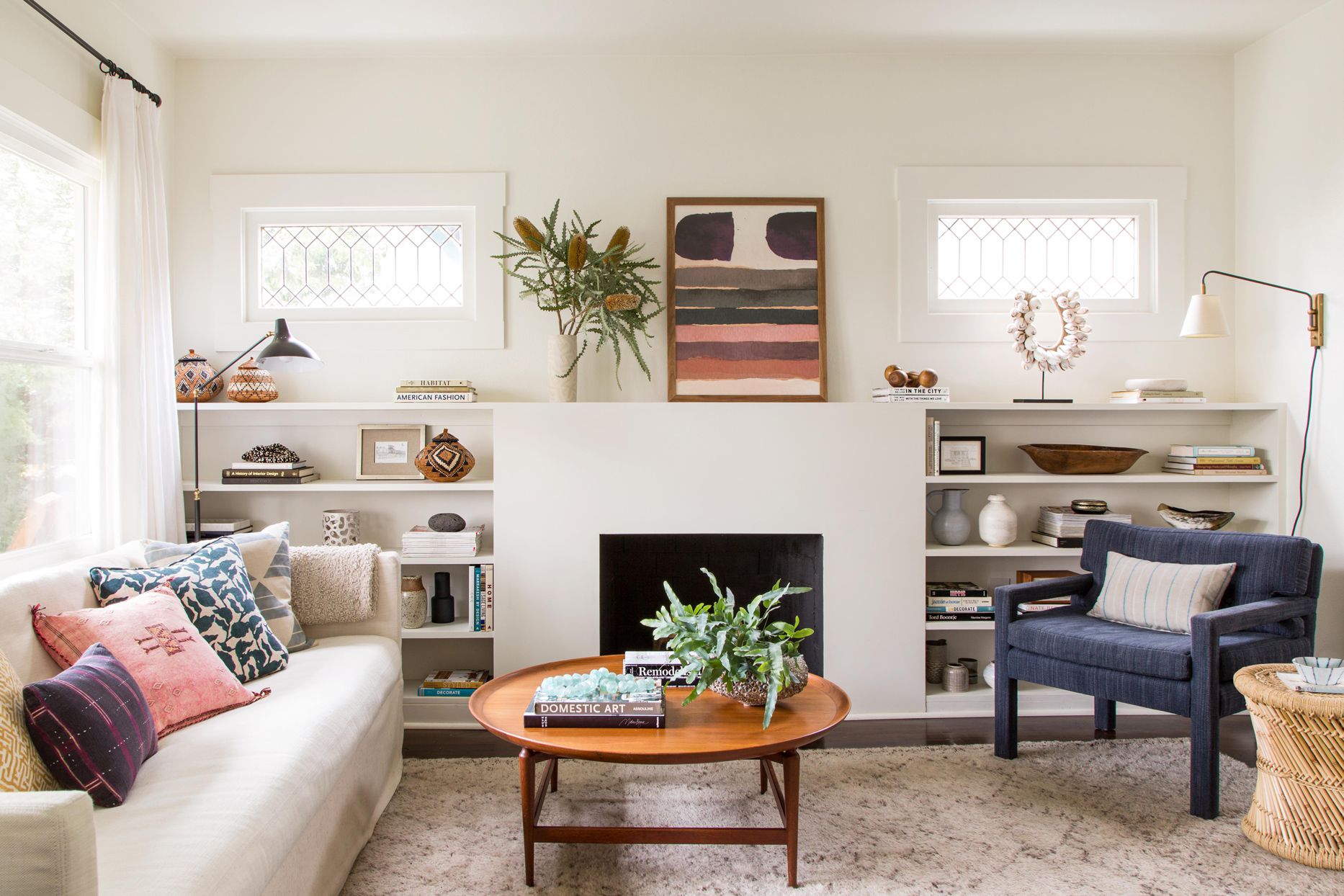
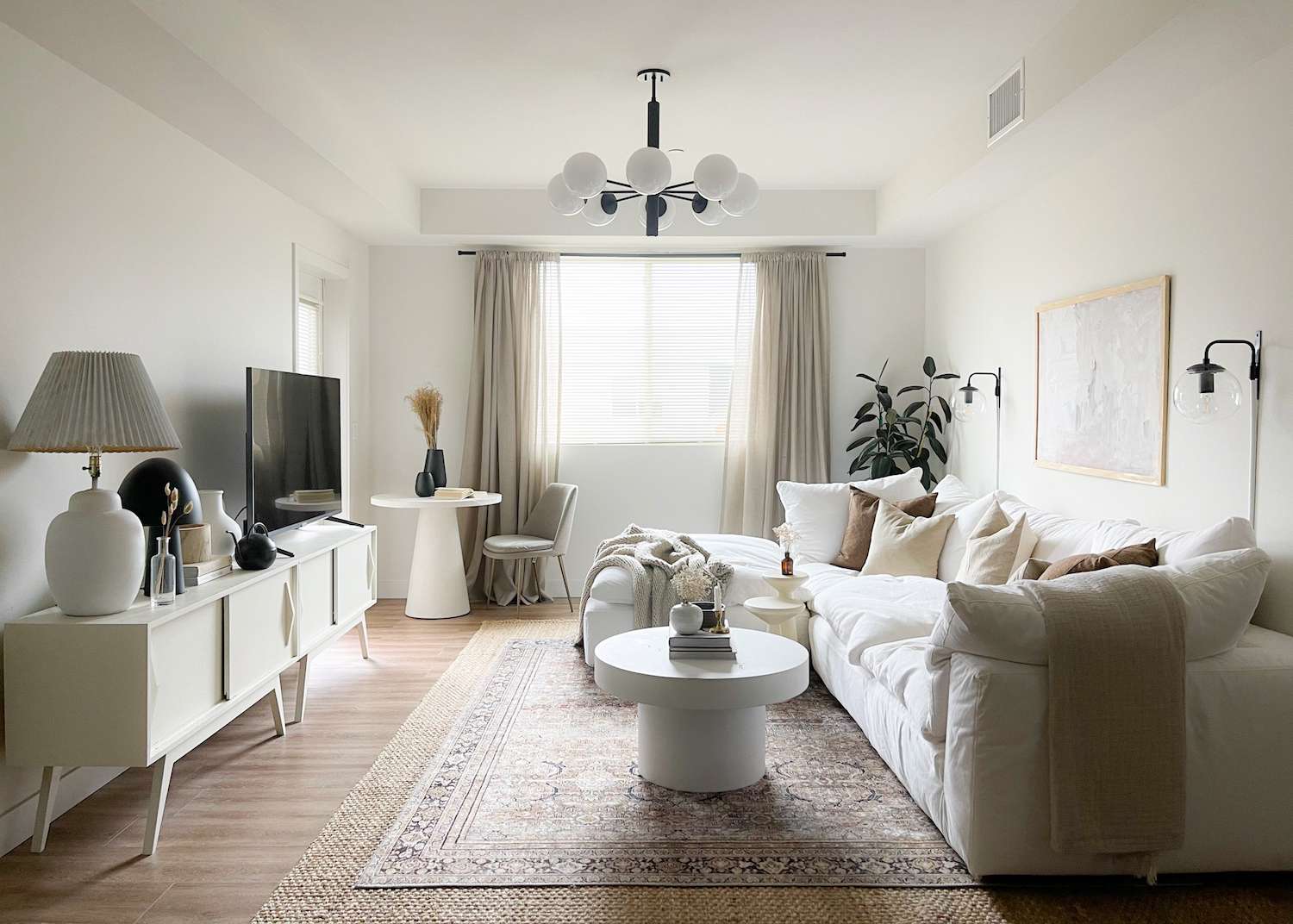
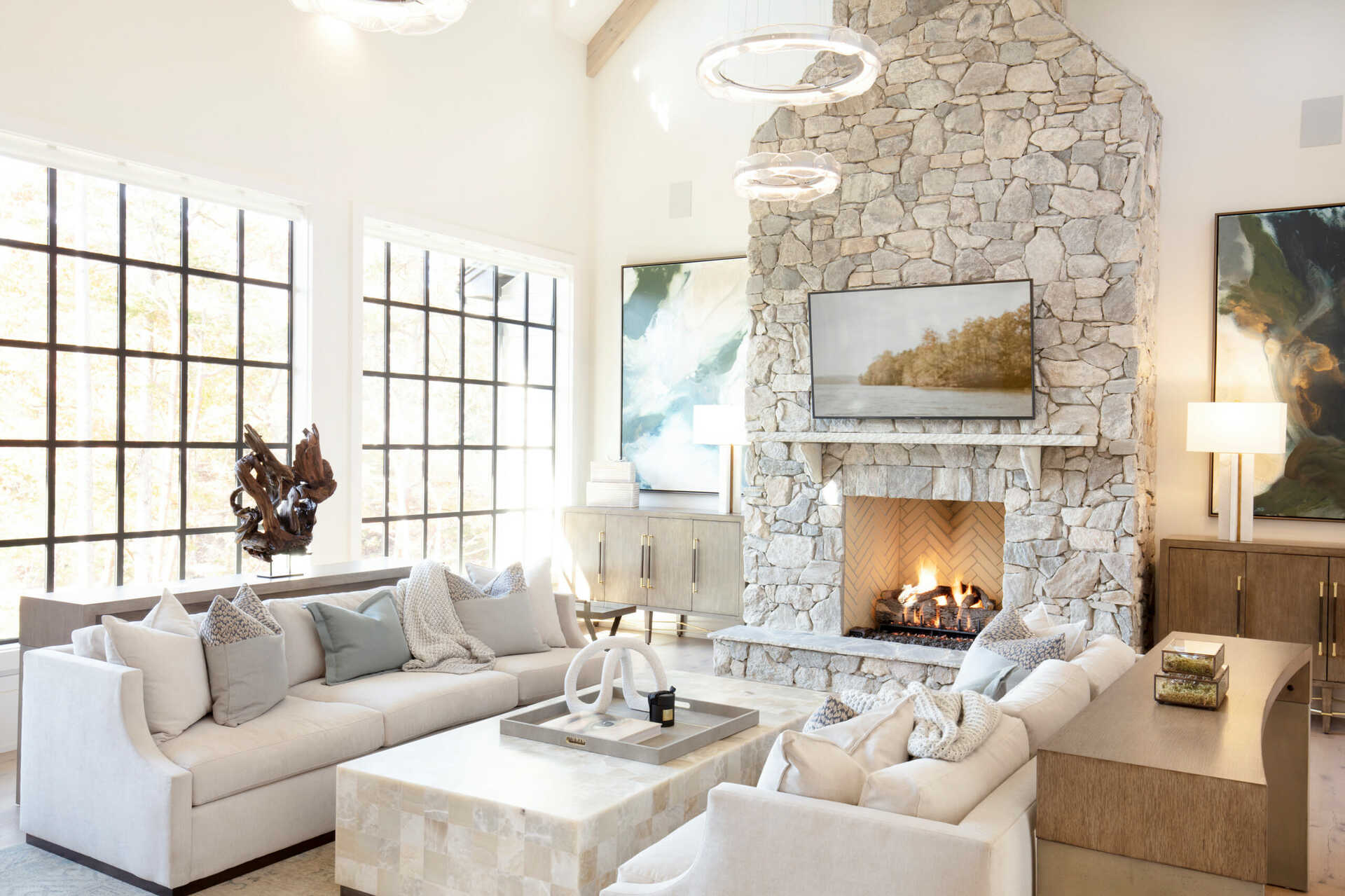
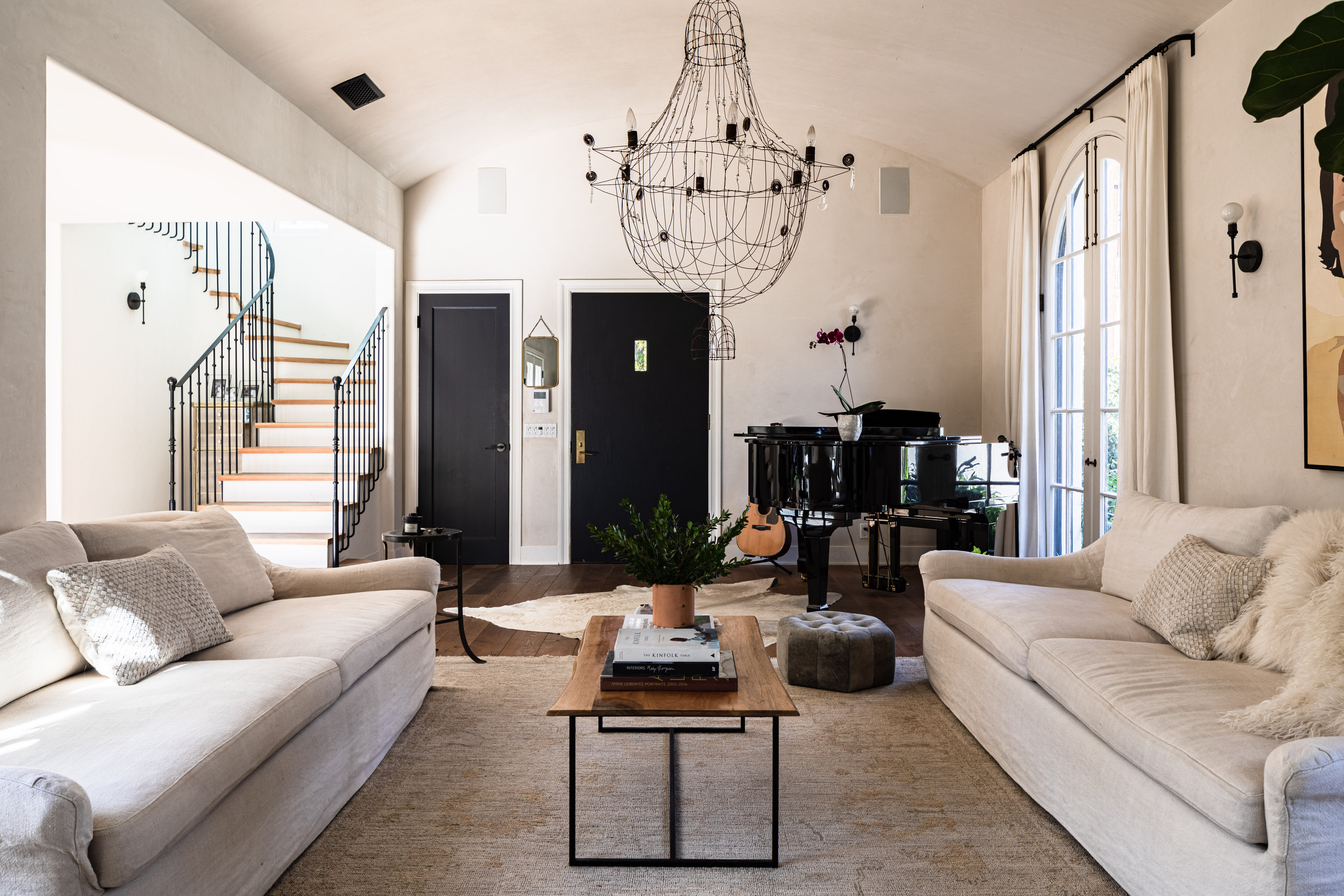
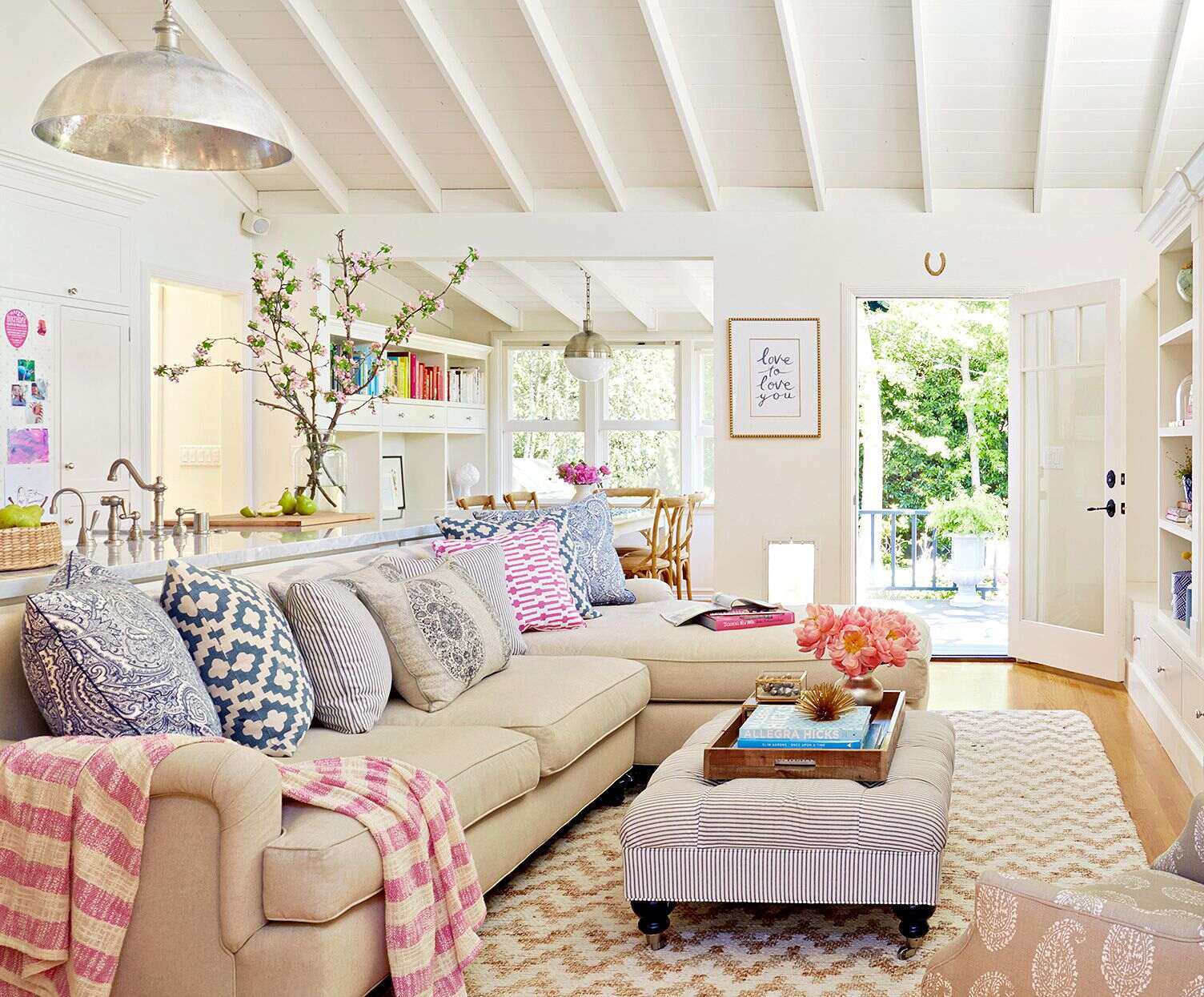
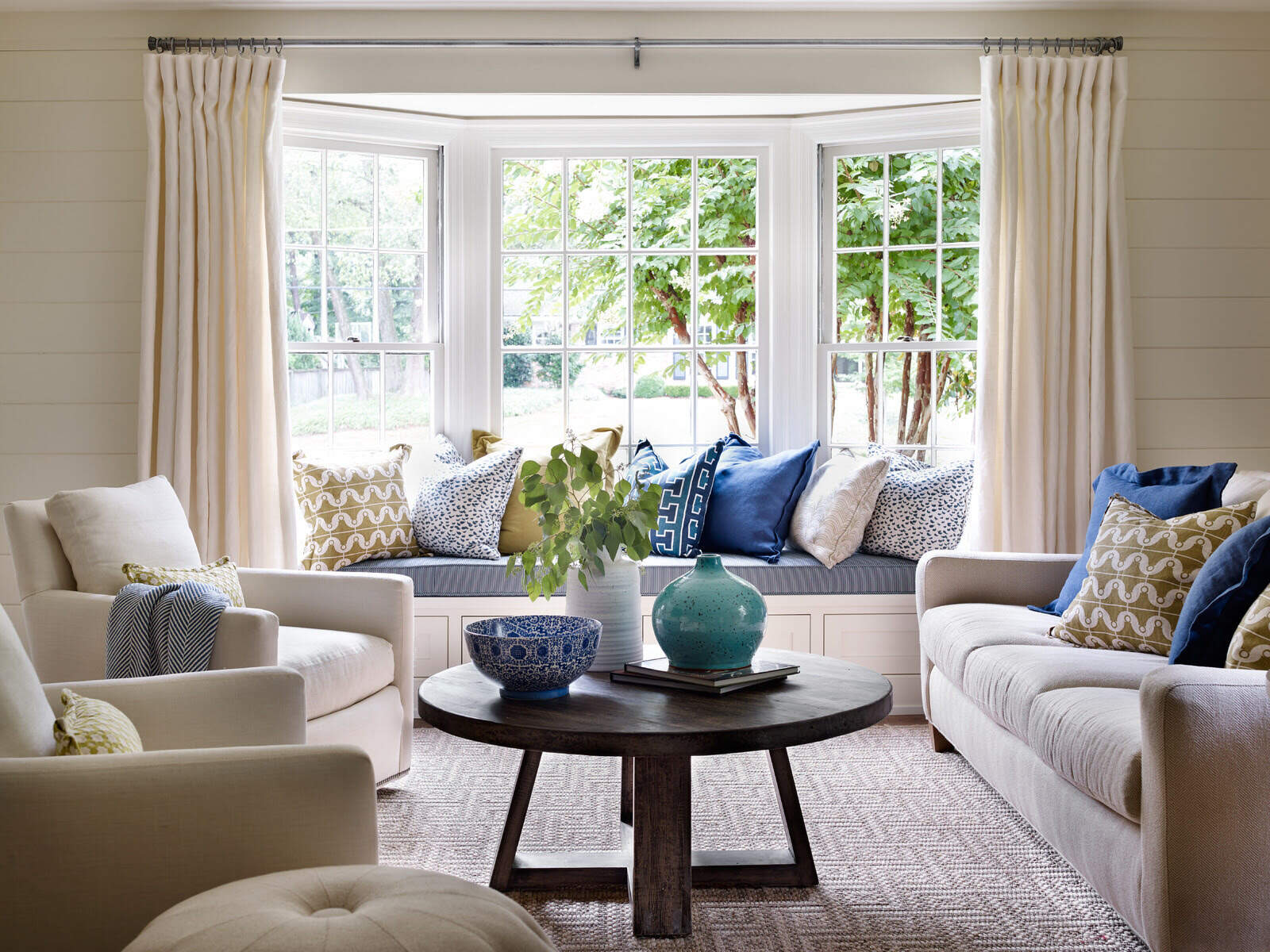
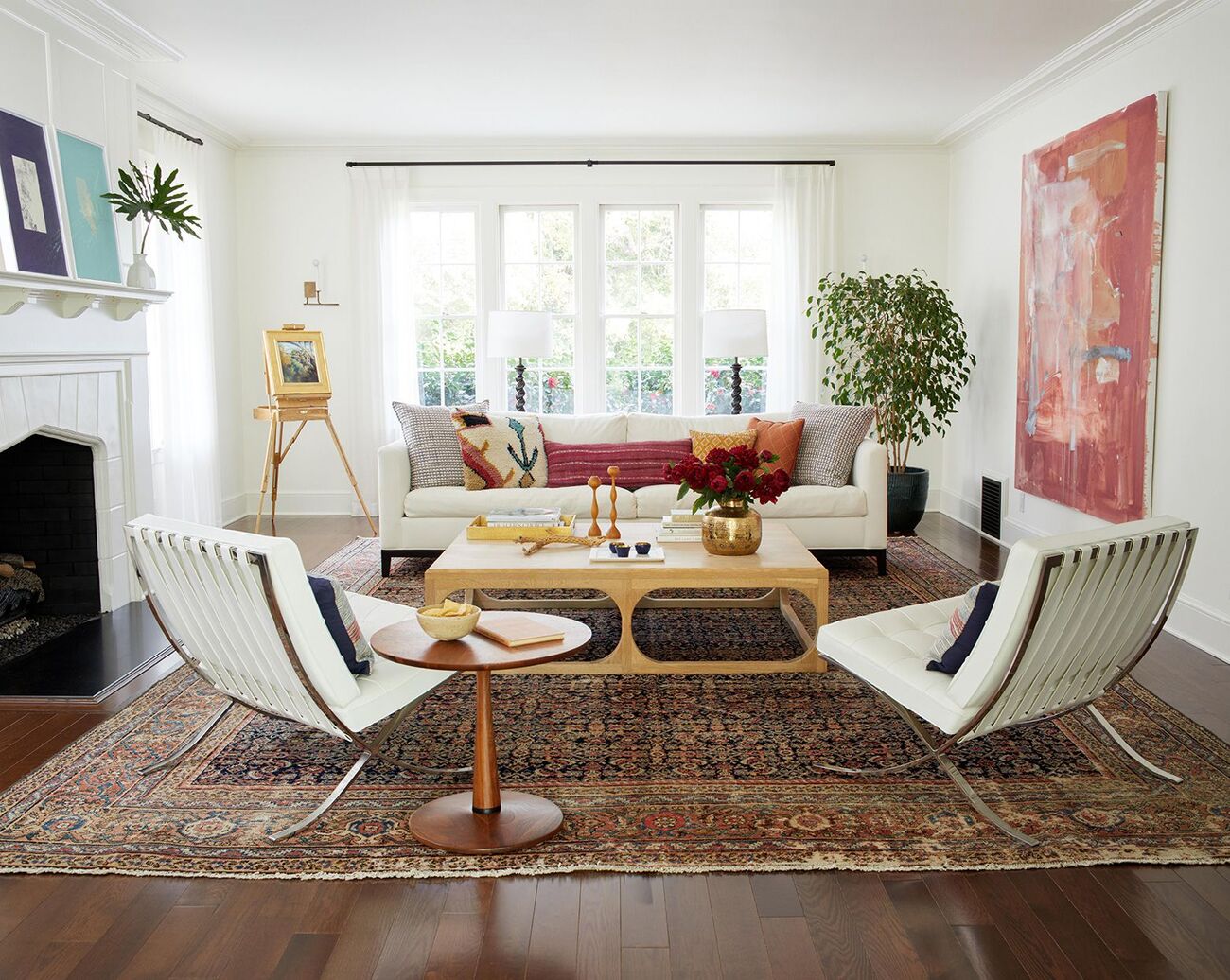
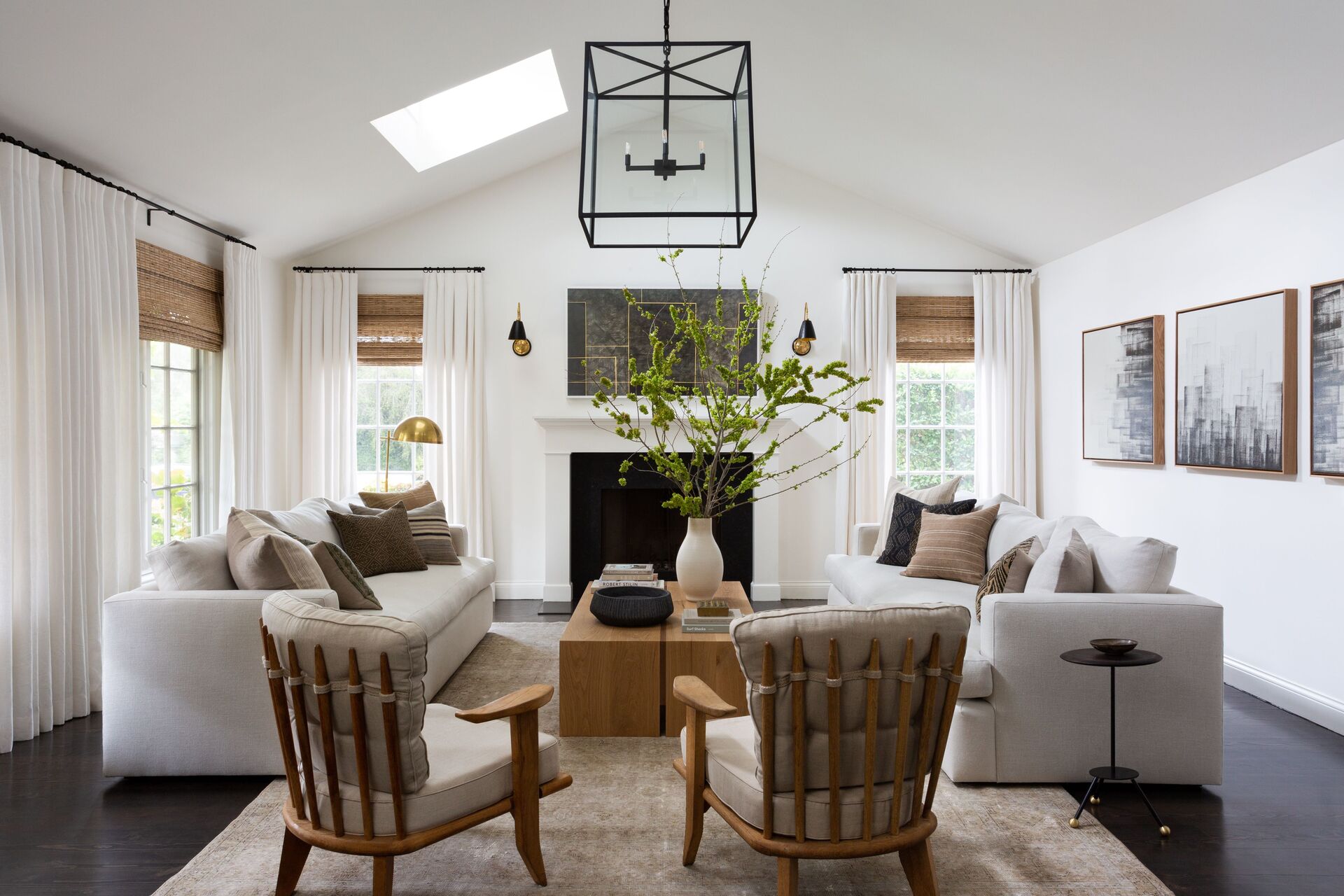
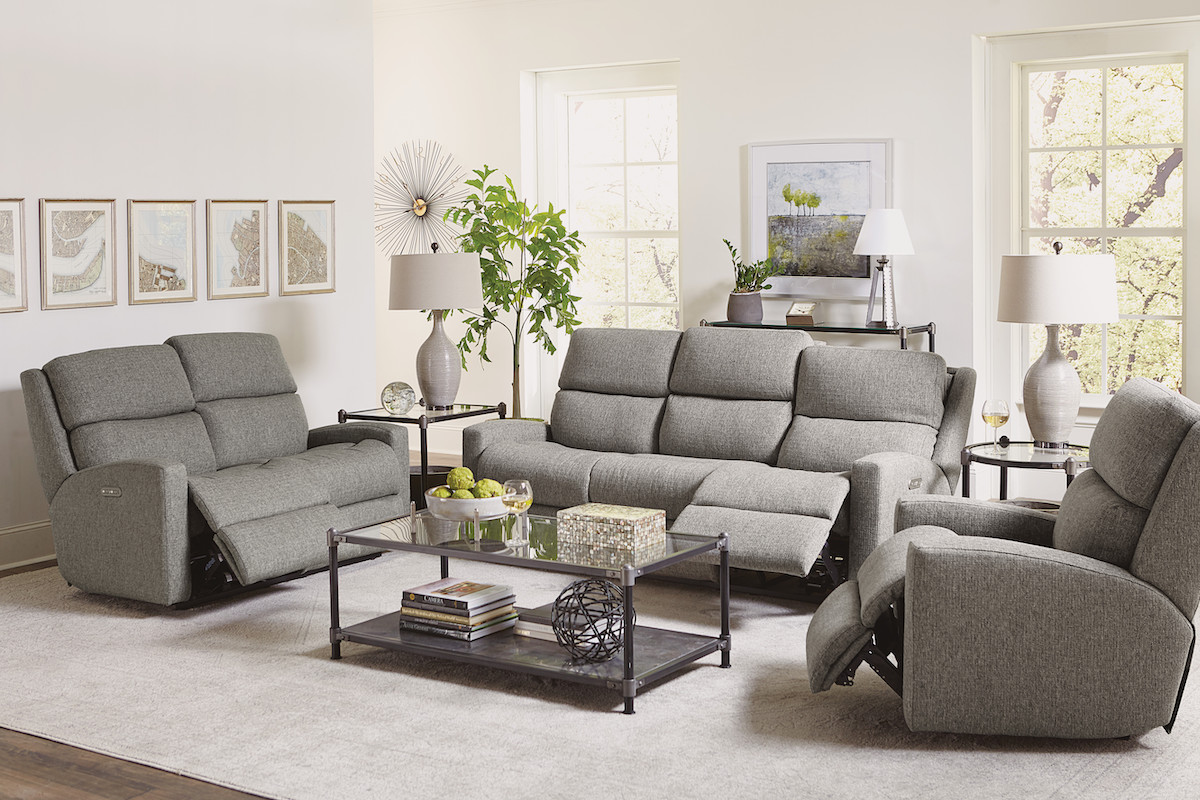
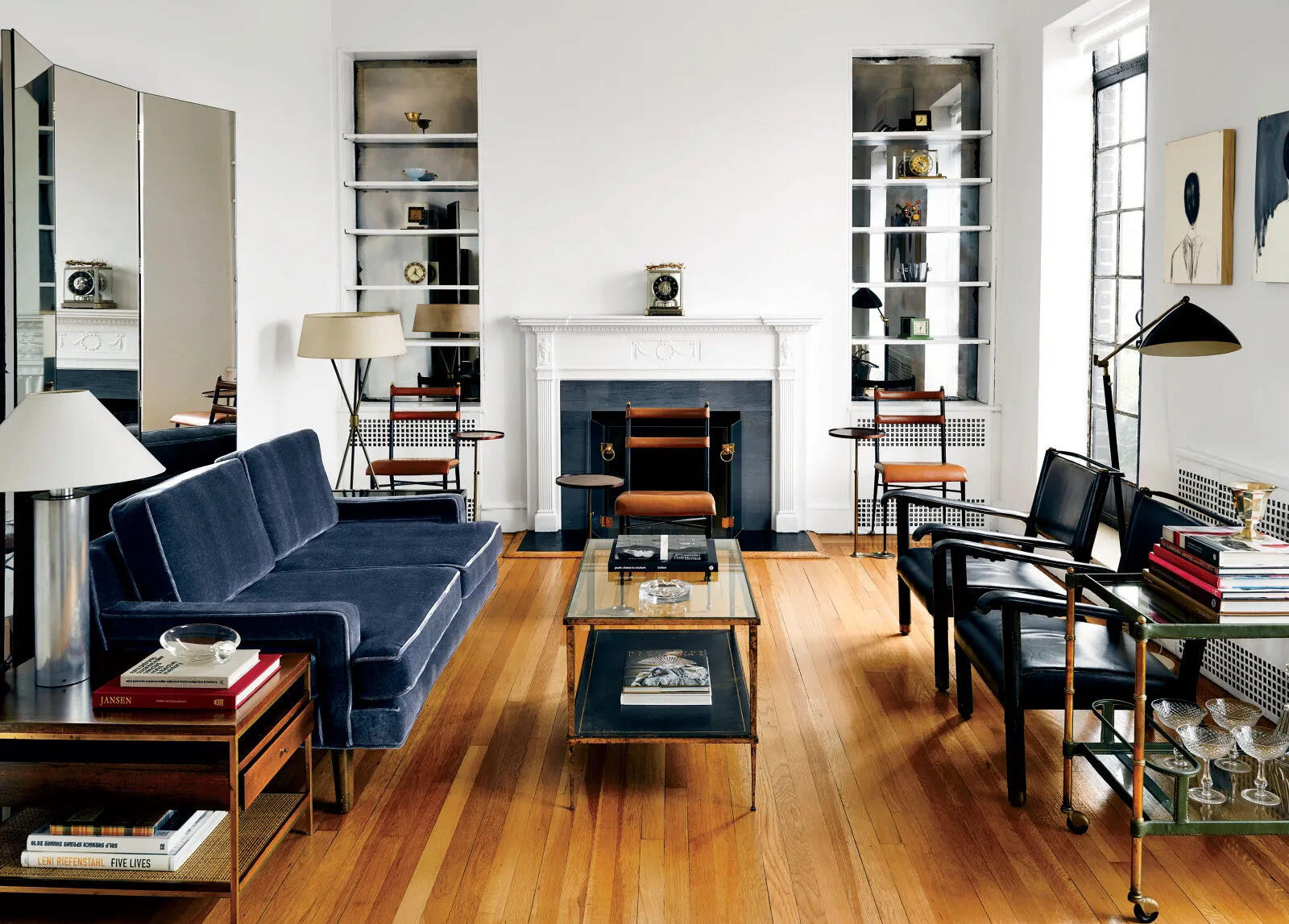
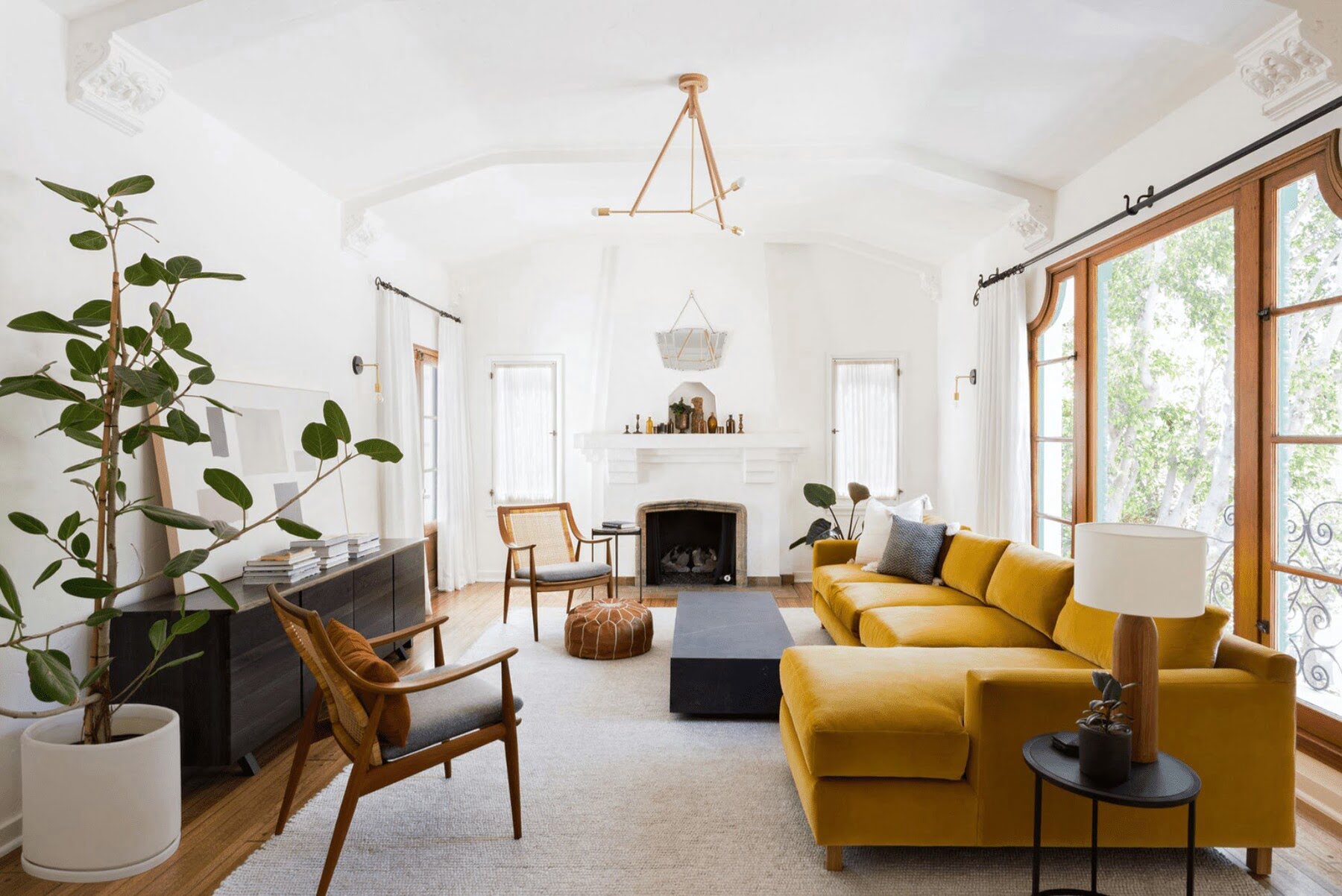
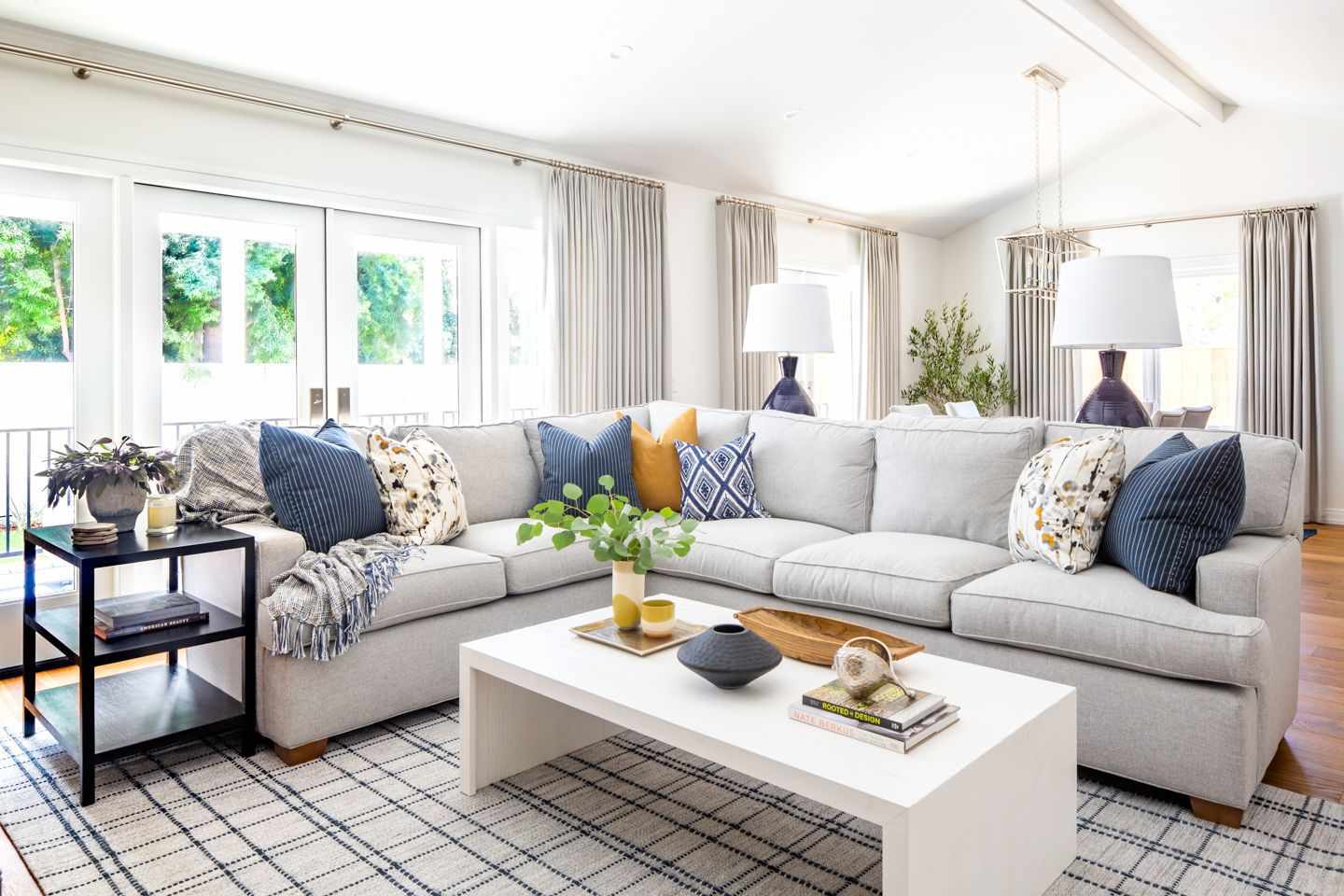
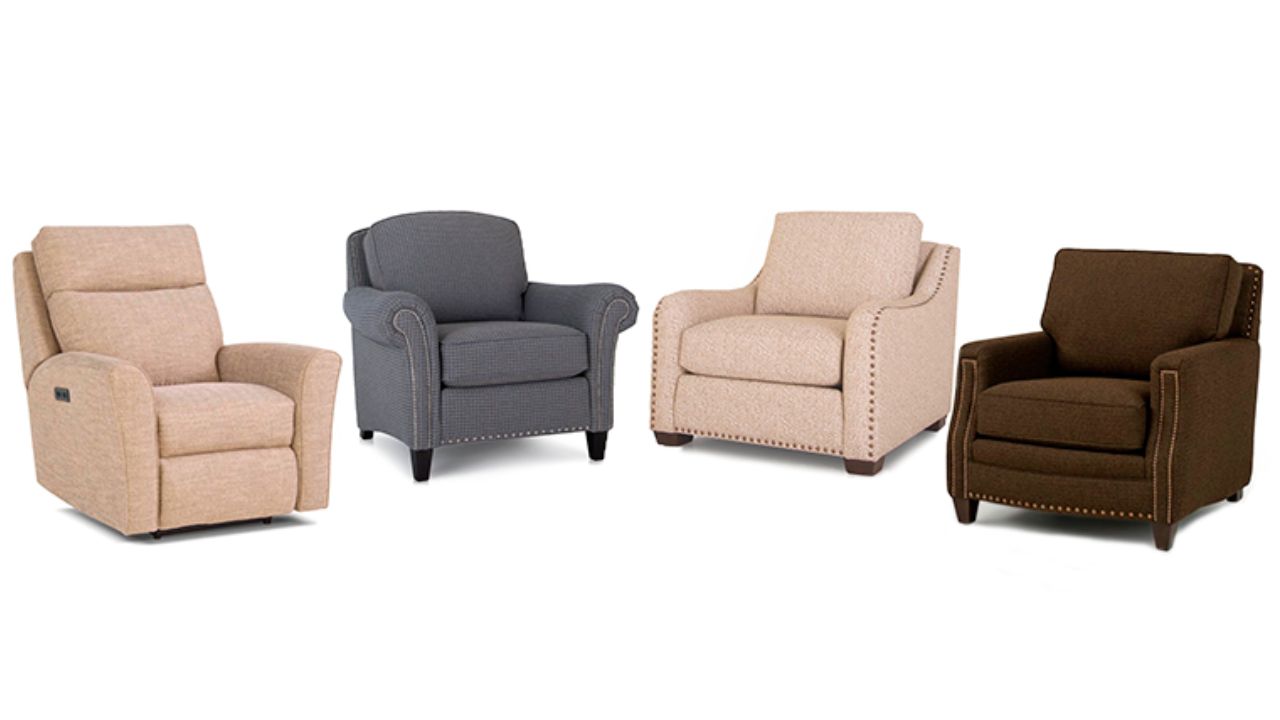

0 thoughts on “How To Arrange Living Room Furniture With Tv”